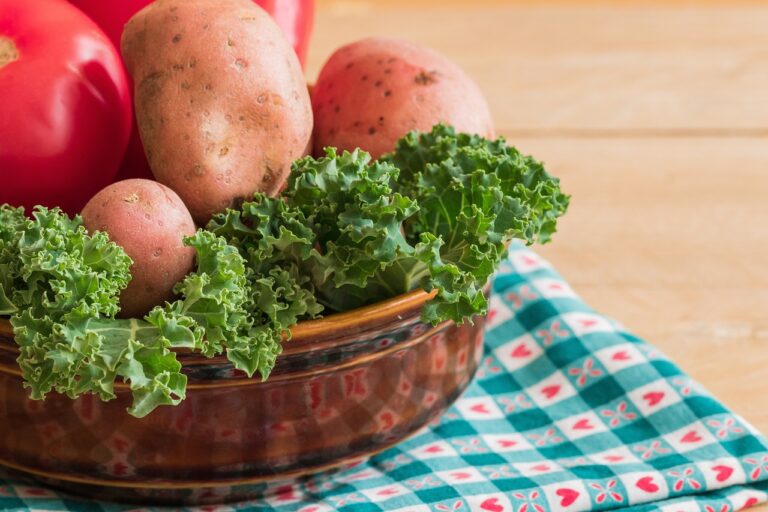The Art of Food Plating: Techniques for Presentation and Garnish
When it comes to creating a visually appealing and delectable dish, the selection and preparation of ingredients play a crucial role. The quality and freshness of the ingredients can significantly impact the final outcome, so it is essential to choose the best possible options. Whether it’s selecting ripe fruits, vibrant vegetables, or premium cuts of meat, each ingredient should be thoughtfully chosen with the final presentation in mind.
In addition to selecting top-notch ingredients, proper preparation is key in ensuring that each component of the dish harmonizes seamlessly. This includes washing, cutting, marinating, and seasoning ingredients to enhance their flavors and textures. Taking the time to prepare ingredients thoughtfully can elevate the overall taste and presentation of the dish, making it a feast for both the eyes and the palate.
Color and Texture Balance
When it comes to creating visually appealing dishes, finding the right balance between color and texture is crucial. The colors on a plate not only influence the overall presentation but also enhance the dining experience. Vibrant, contrasting colors can make a dish more appetizing, while a harmonious color palette can evoke a sense of elegance.
In addition to colors, textures play a significant role in the overall dining experience. Combining different textures in a dish can add depth and complexity, making each bite more interesting. Crispy elements can provide a satisfying crunch, while creamy components can offer a luxurious mouthfeel. Finding the right balance between soft and crunchy, smooth and rough, can elevate a dish to a new level of sensory delight.
Plate Shape and Size Considerations
When it comes to plating your culinary creations, considering the shape and size of the plate is crucial for a visually appealing presentation. The plate shape should complement the dish by providing a frame that enhances the overall aesthetic. For instance, round plates work well for dishes with circular elements like tarts or pancakes, while rectangular plates can accentuate the linear arrangement of ingredients in a sushi roll.
Moreover, the size of the plate should be chosen to ensure that the food is not overcrowded or sparse. The ideal size of the plate allows for generous spacing between components, creating a balanced composition that is visually pleasing. If the plate is too small, the dish may appear cramped and messy; conversely, if the plate is too large, the food may seem lost and lack impact. Selecting the right plate size is essential in highlighting the colors, textures, and arrangement of the food for an enticing presentation.
Why is plate shape and size important in food presentation?
Plate shape and size can greatly impact the overall presentation of a dish. The size of the plate should be appropriate for the portion size to ensure the dish doesn’t look too small or overwhelmed. The shape of the plate can also enhance the visual appeal of the dish.
How do I choose the right plate shape for my dish?
Consider the shape of the food items on the plate when choosing the shape of the plate. Round plates work well for dishes with circular elements, while square or rectangular plates can create a more modern look. Choose a plate shape that complements the overall aesthetic of the dish.
What should I consider when selecting the size of the plate?
The size of the plate should be proportional to the portion size of the dish. A large plate with a small portion can make the dish look sparse, while a small plate with a large portion can make the dish look crowded. Choose a plate size that allows the dish to be the focal point while leaving some empty space around the edges.
How can I balance color and texture on the plate?
Consider the color and texture of each component of the dish when plating. Aim for a balance of colors and textures to create visual interest. Mix and match different colors and textures to create a visually appealing presentation.







